How will retaining walls help in the garden?
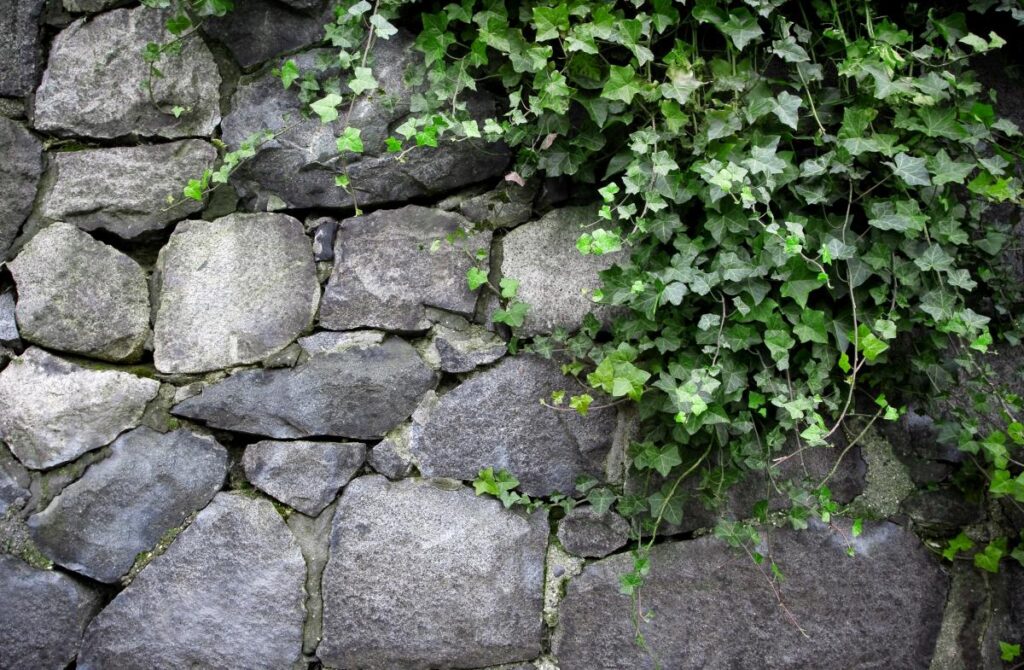
Retaining walls are to be used especially around the garden. They will in no way ensure higher temperatures in the garden. But if the wall is placed really properly, it can protect plants from ground frosty air that tries to get into the garden from the outside. In fact, this method was used in the past for example in vineyards protection. Dry stone walls, with stones taken from the soil, would be used for that.
Walled fences are a traditional, but to be honest, also currently quite a pricey solution. On the other hand, they will ensure the feeling of safety, privacy, and they also can work as so-called retaining walls or frost barriers that can stop the frosty air. Although the retaining walls do not have to be high, the height of one metre is more than enough.
It is not about just simply “building any high wall on a random part of the garden.” Firstly, you need to ensure that the frosty air is being conducted away from the garden along the wall, for example to the lowest place below the garden. It will stop there and it will make so called frost basin. Ideally, you should not grow anything in this frost basin and if so, be sure to avoid fruit trees and shrubs and also perennials that bloom in spring. You should use frost resistant and durable plants there.
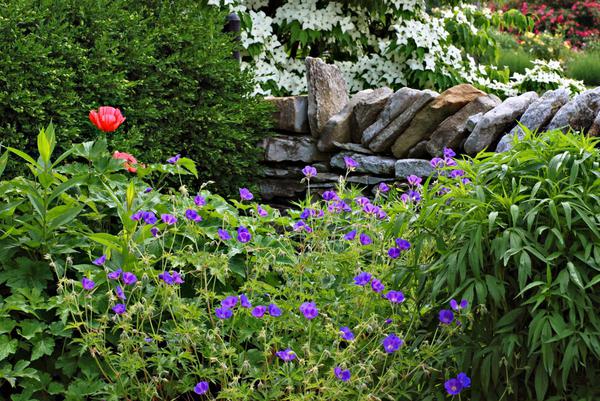
Retaining walls can successfully be built in dry way. This means placing properly shaped and stones big enough above each other. Most importantly, this dry retaining wall become an organic part of the garden and whole area. It will work as a little garden of its own. Plants that love this kind of environment will get attached in its crannies and cracks. They are called xerophytic plants and there is a lot of them. For example celandine, sempervivum, or large mullein. Dry walls are two sided, which means that plants can attach to them from both sides. They will also become refuges for many species of animals. Starting from insects to lizards, grass snakes, or even a weasel that will help us with harmful rodent pests.
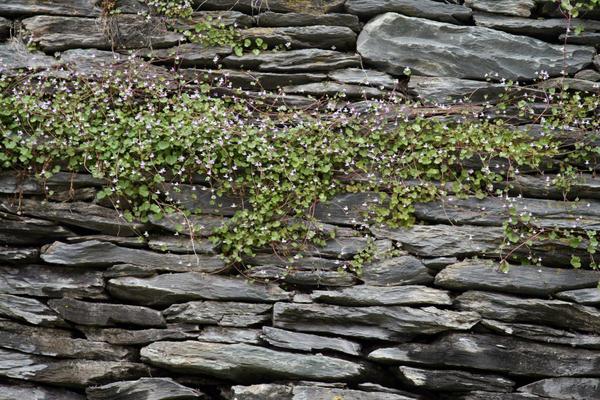
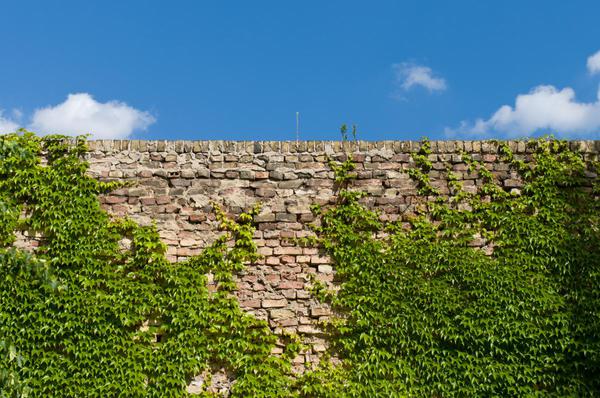

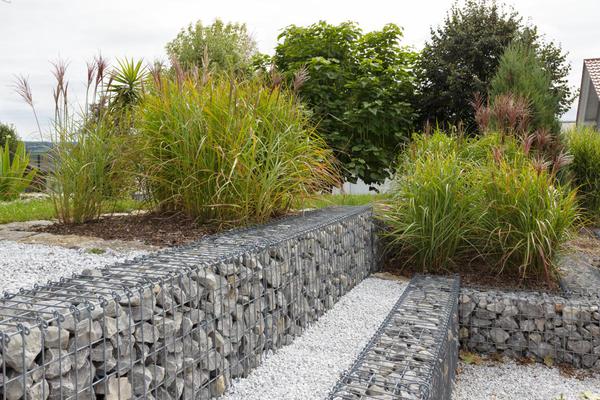

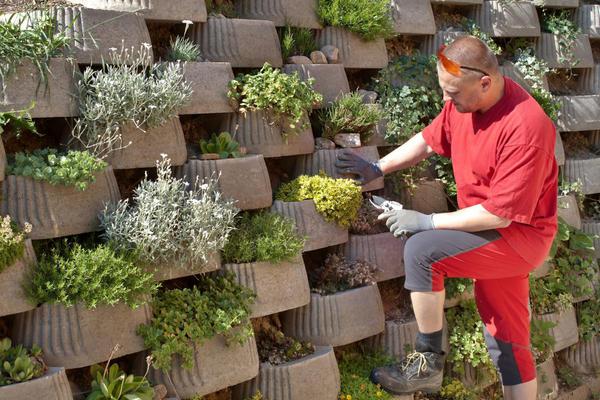

The retaining wall does not have to go around the whole plot – from all the sides. You just have to carefully observe where are is the stream of frosty ground air coming from. You must also decide the height of the wall. A wall that is too high and impassable will stop for example useful hedgehogs. It is something you should consider. Hedgehogs will manage a low wall. They are not just “clumsy balls”, they are experienced climbers, runners, walkers, and hunters, that are not easily scared away even be vipers.
There is one more thing that retaining walls can do – snowdrops, daffodils, and other messengers of spring will bloom earlier at their inner bases. They can also deflect strong winds, but only a limited way. If the wind is really fast and turns around, a low will be no obstacle for it. Retaining walls will therefore protect from the wind only low plants or plants that grow at its base or that are attached in its crannies on the inner side. Trees and bushes are good windbreakers, not only they slow the wind down and break it up, they also let it partially through. A retaining wall can be also replaced by a hedge. It should not be bare at its base. Evergreen plants that resist frost are well suitable for this purpose, it should also be impassable, dense. Another option is to build a bank which should be included in the plans before the start of terrain works. This method was also used in the past, and if it is combined with thick hedges, it works excellently. Gabions and other wet construction systems that need to stand on foundations are quite an expensive solution. Banks are ideal solution in combination with hedges as protection against wind. They lift It up, and it will be taken care of by the trees then.

Source: www.ceskestavby.cz
